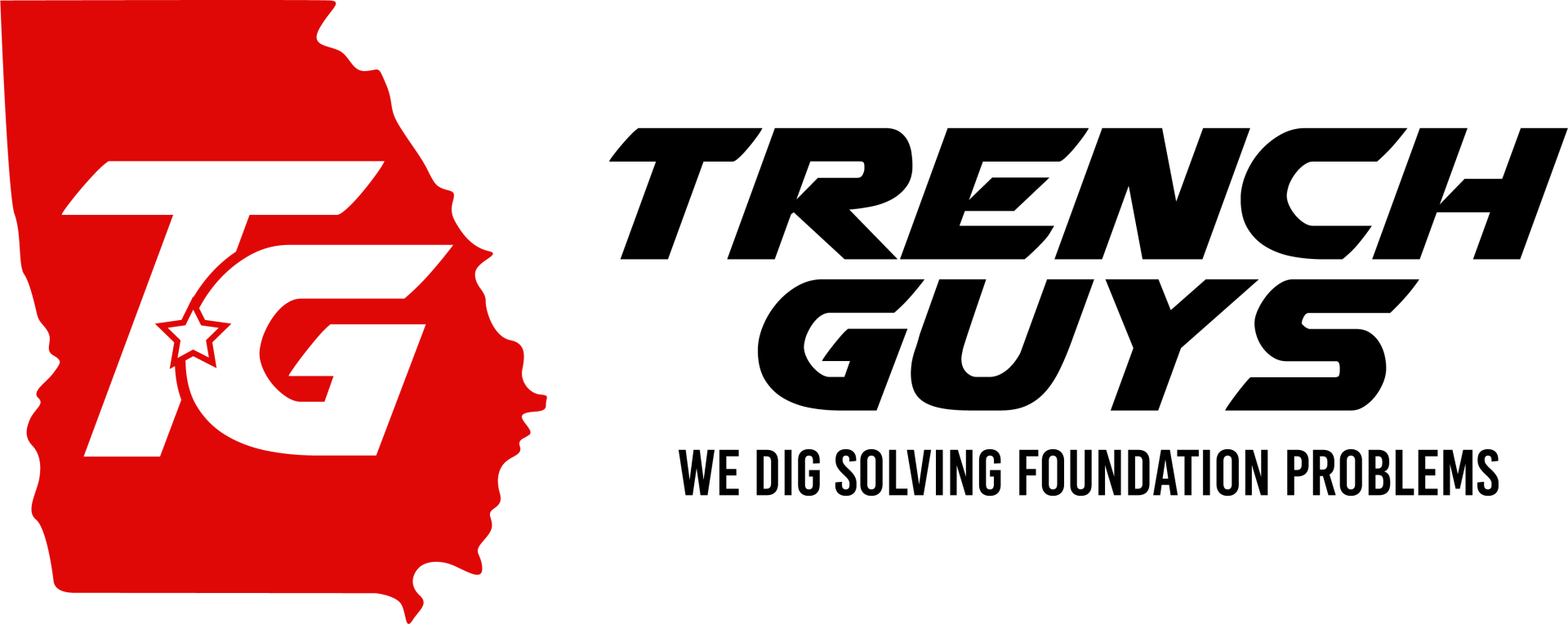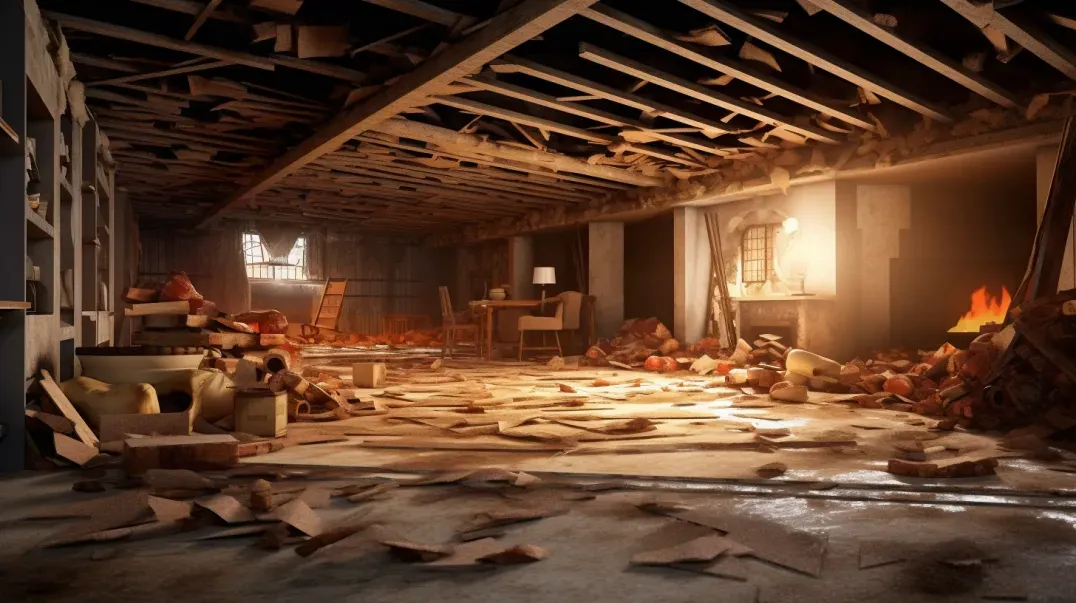Maintaining the integrity of your home extends beyond the visible spaces—what lies beneath matters significantly. The crawl space, often overlooked, plays a pivotal role in the overall health of your home, influencing air quality, energy efficiency, and structural integrity. However, the choice of materials for crawl space repairs is not just a matter of routine maintenance; it's a decision that impacts the longevity of your home and the safety of its occupants.
This blog delves into the crucial factors homeowners must consider when selecting materials for crawl space repairs. From understanding the risks of moisture damage to evaluating the durability and compatibility of repair materials, we provide expert insights to guide you through making informed, effective choices. By prioritizing the right materials, you not only safeguard your home against common issues like mold and structural decay but also enhance its value and efficiency.
Join us as we explore the essential considerations for selecting materials that ensure your crawl space is not just repaired, but resilient and robust, ready to stand the test of time and challenges.
Understanding Crawl Space Structural Damage
The foundation of your home is as crucial as the structure it supports, making the health of your crawl space a paramount concern. Recognizing and addressing crawl space structural damage is key to maintaining not only the stability and integrity of your home but also its overall value and safety. This section helps homeowners understand the common types of damage that can occur in crawl spaces and the causes behind them.
Types of Crawl Space Damage
Crawl spaces, often out of sight, can develop several structural issues that go unnoticed until significant damage has occurred. Common problems include:
- Joist Decay: Wooden joists can suffer from rot due to excess moisture, leading to weakened structural support.
- Foundation Cracks: These can range from hairline fractures to significant breaks in the foundation, often caused by settling soil, water damage, or inadequate construction practices.
- Moisture-Related Issues: Persistent dampness can lead to mold growth, wood rot, and even attract pests, all of which compromise the structural integrity of the crawl space and, consequently, the entire home.
Understanding these issues is the first step in preventing long-term damage that can be costly and complex to repair.
Causes of Structural Damage
The integrity of a crawl space can be compromised by various factors, each contributing to different types of damage. Key contributors include:
- Water: Whether it seeps in from the soil, leaks from plumbing, or condenses from humid air, water is a primary enemy of crawl space health. It weakens wooden structures, corrodes materials, and creates an environment ripe for mold and pests.
- Pests: Termites, carpenter ants, and rodents are attracted to damp, dark environments. These pests can chew through wooden beams, insulation, and electrical wiring, exacerbating the damage.
- Poor Construction: Inadequately designed or executed construction can leave crawl spaces vulnerable to a range of problems, from insufficient ventilation fostering damp conditions to inadequate waterproofing that fails to protect against water ingress.
By identifying the causes of crawl space damage, homeowners can take proactive steps to mitigate risks and implement effective repairs, ensuring the longevity and safety of their homes.
Key Materials for Crawl Space Repairs
Selecting the right materials for crawl space repairs is essential to ensure the stability and longevity of your home's foundation. This section explores the various materials suited for different types of crawl space repairs, from concrete solutions to wood composites and metal supports, providing homeowners with the knowledge to make informed decisions based on their specific needs.
Concrete and Masonry Products
Concrete and masonry products offer robust solutions for structural repairs in crawl spaces. Their durability and resistance to moisture make them ideal for foundational support.
Types of Concrete Solutions
- Poured Concrete: Ideal for creating seamless, strong foundations and floor slabs. Its fluid nature allows it to fill the required spaces completely, forming a solid mass upon curing.
- Concrete Blocks: Commonly used for foundation walls and supports, concrete blocks are preformed, making them easier to install and providing a sturdy base for structures.
- Specialized Mortars: These are used for filling cracks and binding blocks or bricks in masonry work, crucial for repair and maintenance to ensure structural integrity.
When to Use
Concrete solutions are best utilized in scenarios where robust support and moisture resistance are necessary. This includes:
- Foundation Footings: To distribute the load of the structure evenly and prevent settling.
- Support Columns and Beams: Where additional strength is needed to support the building’s weight.
Wood and Composite Materials
Wood and composites are versatile materials that are essential for both structural support and aesthetic finishes in crawl space repairs.
Types of Wood and Composites
- Treated Lumber: Chemically treated to resist decay, pests, and moisture, making it suitable for use in environments prone to dampness.
- Engineered Wood: Manufactured from various types of wood fibers combined with adhesives, engineered wood provides enhanced durability and strength compared to traditional lumber.
- Recycled Composites: Made from recycled plastic and wood fibers, these materials are eco-friendly and resistant to rot and pest infestations.
When to Use
Different wood and composite materials have specific uses, including:
- Joists and Beams: Treated lumber and engineered wood are ideal for joists and beams due to their enhanced strength and resistance to environmental factors.
- Flooring and Paneling: Composites provide durable and low-maintenance options for flooring systems and wall paneling in crawl spaces.
Metal Supports and Fasteners
Metal components are crucial for enhancing the structural stability of crawl spaces, offering superior strength and longevity.
Types of Metal Supports
- Steel I-Beams: Used to provide robust support across long spans in crawl space frameworks.
- Jack Posts: Adjustable metal posts that can be used to raise and support sagging floor joists.
- Reinforcement Brackets: Metal brackets that reinforce connections between different structural elements, enhancing overall stability.
When to Use
Metal is preferable in situations requiring high durability and strength, such as:
- Reinforcing Existing Structures: Using steel I-beams and jack posts to bolster the structural integrity of older or weakened crawl spaces.
- Securing Structural Connections: Metal fasteners and brackets ensure that connections between different materials are secure and durable.
Moisture Barrier and Encapsulation Materials
Moisture control within a crawl space is critical, not just for the health of the building, but for the comfort and safety of its inhabitants. This section explains the importance of effective moisture barriers and encapsulation systems, detailing the best materials available for ensuring a dry and stable crawl space environment.
Importance of Moisture Control
Moisture in a crawl space can lead to a multitude of structural and health issues. Excess humidity or water accumulation undermines the integrity of building materials, leading to wood rot, mold growth, and the attraction of pests. Moisture can also corrode metal supports and fasteners, compromising the structural integrity of the home. Furthermore, moisture issues can extend beyond the crawl space, affecting indoor air quality and increasing the risk of respiratory problems for occupants. Controlling moisture is therefore essential for maintaining a healthy living environment and the longevity of your home’s structure.
Best Materials for Moisture Control
Vapor Barriers
Vapor barriers are essential in preventing moisture from permeating into the crawl space from the ground and surrounding walls. Here are some of the most effective types:
- Polyethylene Plastic Sheeting: A common and cost-effective vapor barrier, available in various thicknesses, typically ranging from 6 to 20 mils. Thicker sheets are more durable and offer better moisture resistance.
- Reinforced Vapor Barriers: These are polyethylene sheets reinforced with a layer of polyester mesh that provides extra tear resistance and durability, ideal for rough terrain.
- Zero-Perm Barriers: Made from materials that completely block moisture penetration, these barriers are used in situations where absolute moisture control is necessary.
Specific Uses:
- Basic Moisture Control: Standard polyethylene sheeting is suitable for areas with low moisture levels.
- Rough or Rocky Soil: Reinforced vapor barriers are best in crawl spaces with jagged surfaces that could puncture thinner materials.
- High Humidity Areas: Zero-perm barriers are ideal in regions with high ground moisture levels or in homes with high humidity loads.
Encapsulation Systems
Encapsulation involves sealing the entire crawl space with a heavy-duty polyethylene barrier, covering the floors, foundation walls, and sometimes even the ceiling. Here are the benefits and materials involved:
- Benefits: Encapsulation transforms a damp crawl space into a dry, clean area that is less susceptible to mold and pests. This system also helps in reducing energy costs by enhancing thermal efficiency and improving overall air quality within the home.
- Heavy-Duty Polyethylene Film: This is used to completely cover the crawl space. The thickness can vary, but it is typically much thicker than standard vapor barriers to resist punctures and tears.
- Sealing Tape: A special tape is used to seal the seams of the polyethylene sheets to ensure a completely airtight and moisture-resistant environment.
- Dehumidifiers: Often installed in encapsulated crawl spaces to control humidity levels and ensure the air remains dry.
By employing the right moisture control strategies and materials, homeowners can protect their investment and enhance their living environment. This section provides a comprehensive overview of the options available for crawl space moisture control, helping you make an informed decision tailored to the specific needs of your home.
Innovative Materials and Techniques
The field of structural repair, particularly for crawl spaces, is constantly evolving, with new materials and methods being developed to improve efficacy, durability, and environmental sustainability. This section explores the latest advancements in structural repair materials and techniques, along with eco-friendly options that are shaping the future of crawl space remediation.
New Developments in Structural Repair
The advancements in structural repair technologies not only promise enhanced durability and performance but also offer greater flexibility and ease of installation. Here’s an overview of some cutting-edge materials and methods currently being used:
- Polymer-Based Sealants: These advanced sealants are designed to flexibly fill cracks and gaps, ensuring a watertight seal that adapts to changes in temperature and moisture without cracking.
- Carbon Fiber Straps: Utilized to reinforce structural walls, carbon fiber straps offer superior strength and durability compared to traditional repair methods. They are lightweight, easy to install, and minimally invasive.
- Smart Sensors: Integration of IoT (Internet of Things) sensors in crawl spaces allows for real-time monitoring of conditions such as moisture levels and structural integrity. This technology enables early detection of issues before they escalate into major problems.
These innovations not only enhance the functionality of crawl spaces but also extend the lifespan of the repairs, providing homeowners with peace of mind and long-term savings.
Eco-Friendly and Sustainable Options
As environmental sustainability becomes a priority for homeowners, the demand for green materials in crawl space repairs has increased. These materials are designed to minimize environmental impact while maintaining or enhancing the performance of repair solutions.
Green Materials
- Recycled Plastic and Rubber Products: These materials are being used to create vapor barriers and insulation sheets. Made from recycled consumer waste, they help reduce landfill use and require less energy to produce than traditional materials.
- Low-VOC Sealants and Adhesives: Volatile Organic Compounds (VOCs) contribute to air pollution and can degrade indoor air quality. Low-VOC products provide effective sealing and binding properties without the environmental and health risks associated with high-VOC alternatives.
- Bamboo and Cork Insulation: As sustainable materials, bamboo and cork are not only renewable but also provide excellent insulation properties. They are increasingly used in crawl spaces to help control temperature and dampness effectively.
These sustainable options demonstrate that effective crawl space repairs can be achieved without compromising environmental integrity. By opting for green materials, homeowners contribute to a healthier ecosystem while ensuring the safety and durability of their home infrastructure.
Innovative Materials and Techniques
As the construction and repair industry evolves, so too do the materials and techniques used in crawl space repairs. Innovations aim to enhance efficiency, durability, and sustainability, leading to safer and more cost-effective solutions for homeowners. This section explores the latest advancements in structural repair materials and techniques, focusing on their application in crawl spaces, alongside a look at eco-friendly options that reduce environmental impacts.
New Developments in Structural Repair
The development of new materials and methods in structural repair is driven by the need for stronger, longer-lasting solutions and easier installation processes. Here are some of the cutting-edge developments:
- Polyurethane Foams: These are injected into the soil beneath the foundation to stabilize and lift concrete slabs, reducing labor and disruption compared to traditional methods.
- Glass Fiber Reinforced Polymer (GFRP): GFRP rebars are being used as an alternative to steel in reinforcement applications, offering corrosion resistance and a longer lifespan.
- Geopolymer Concrete: This material is used for sealing and stabilizing, known for its quick setting time and superior strength, which significantly outperforms traditional concrete.
These new developments not only ensure robust structural repairs but also address common challenges like moisture, soil instability, and material degradation, offering homeowners effective and lasting solutions.
Eco-Friendly and Sustainable Options
In response to growing environmental concerns, the repair industry has seen an increase in materials that minimize environmental impact without compromising on quality and effectiveness.
Green Materials
- Cork Insulation: Cork is a renewable material that provides excellent thermal and acoustic insulation, making it ideal for crawl space applications. Its natural resistance to moisture and mold contributes to a healthier home environment.
- Recycled Plastic Vapor Barriers: Made from post-consumer plastic, these vapor barriers offer a sustainable option for moisture control in crawl spaces. They are durable, resistant to tears, and help reduce the home's carbon footprint.
- Natural Lime-Based Plasters: These plasters are used for their moisture-regulating properties and natural ability to reduce condensation and mold growth. Unlike conventional plasters, they are breathable, ensuring a healthier living space.
By incorporating these green materials, homeowners can significantly reduce their environmental impact while ensuring their home's structural integrity and indoor air quality are maintained.
FAQs
Contact Trench Guys Today!
Trench Guys will do everything we can to ensure your experience with us is excellent.
Request A FREE Estimate
Request a Free Estimate Form
Checkout Recent Post
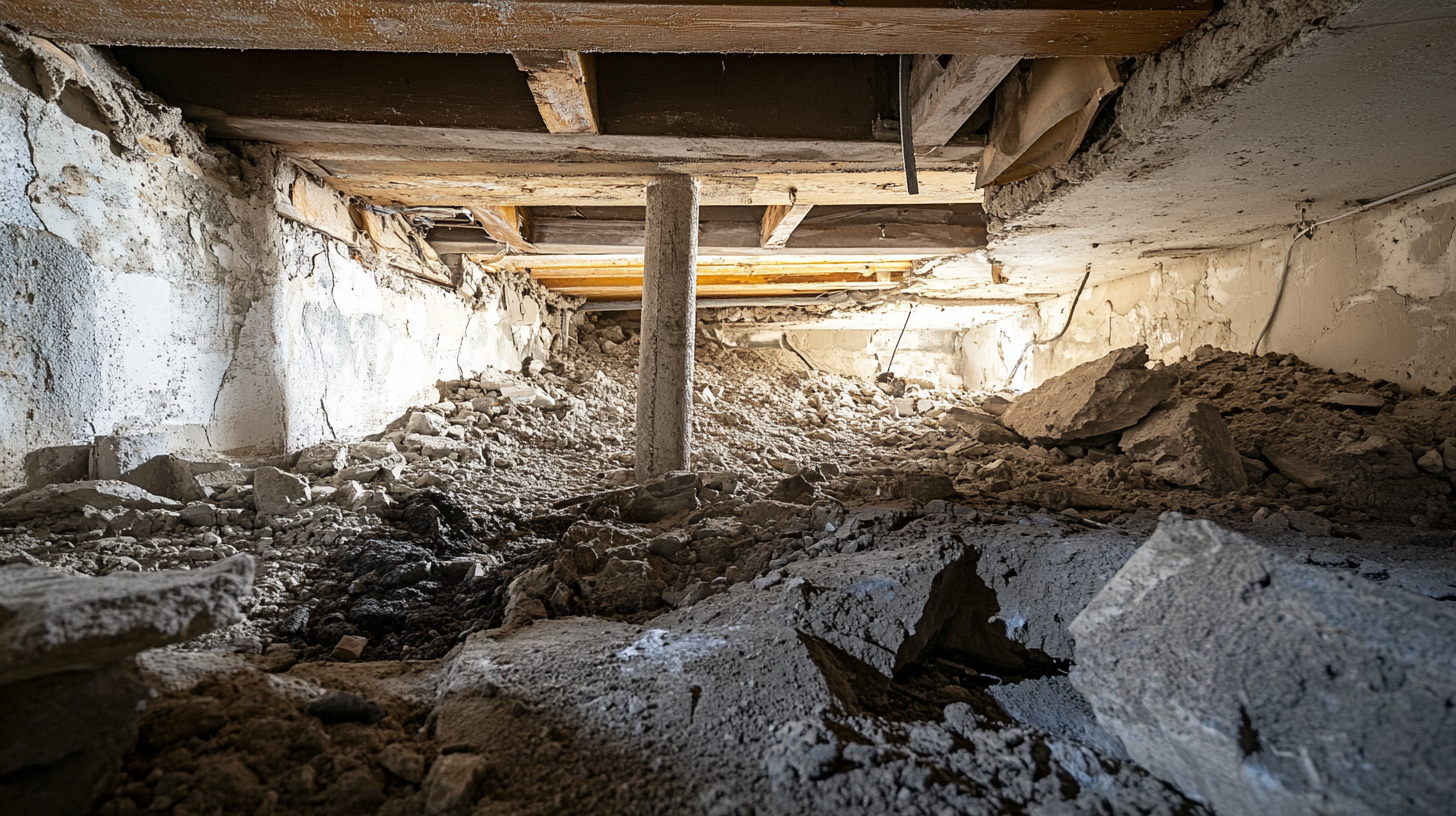
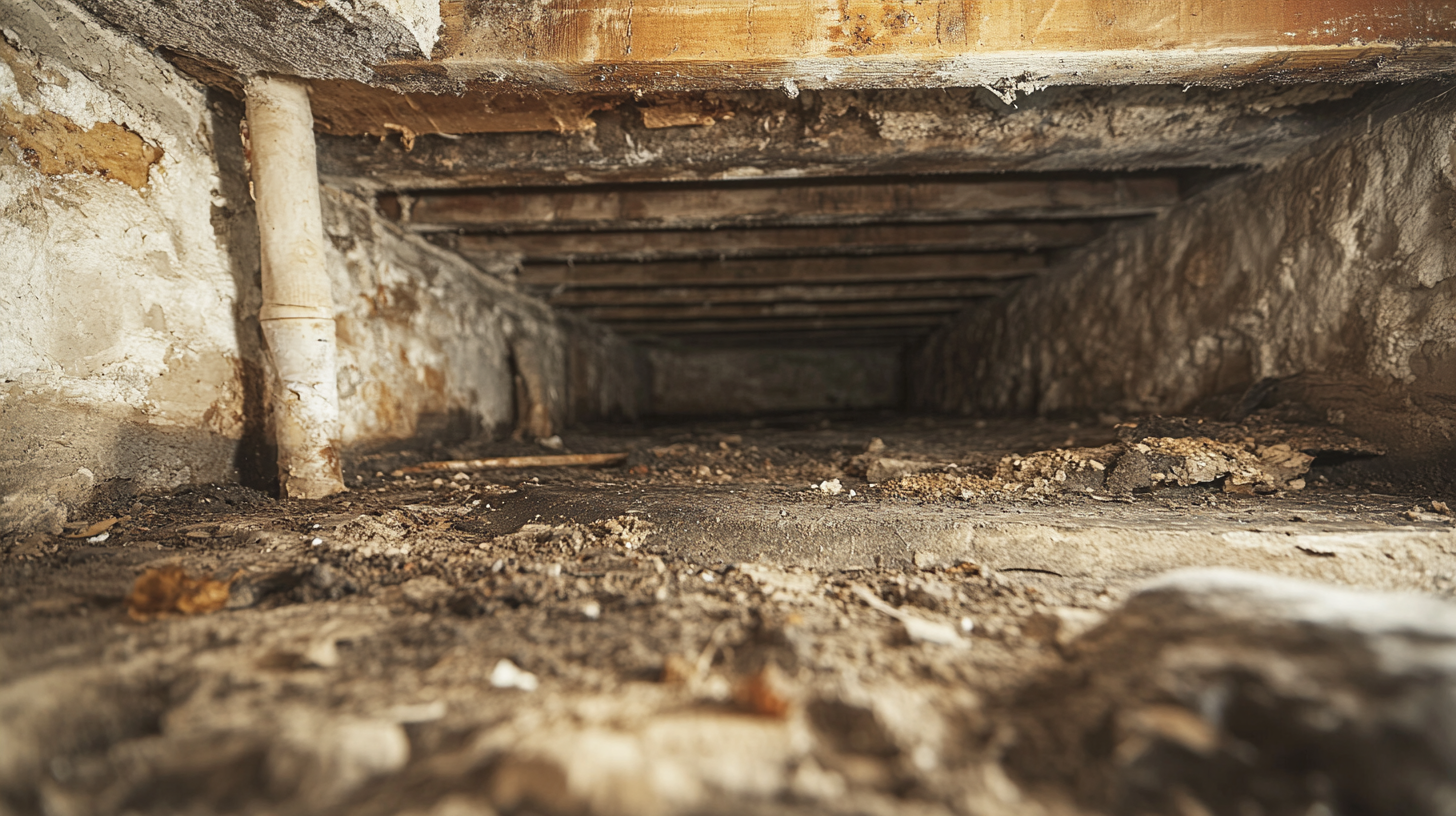
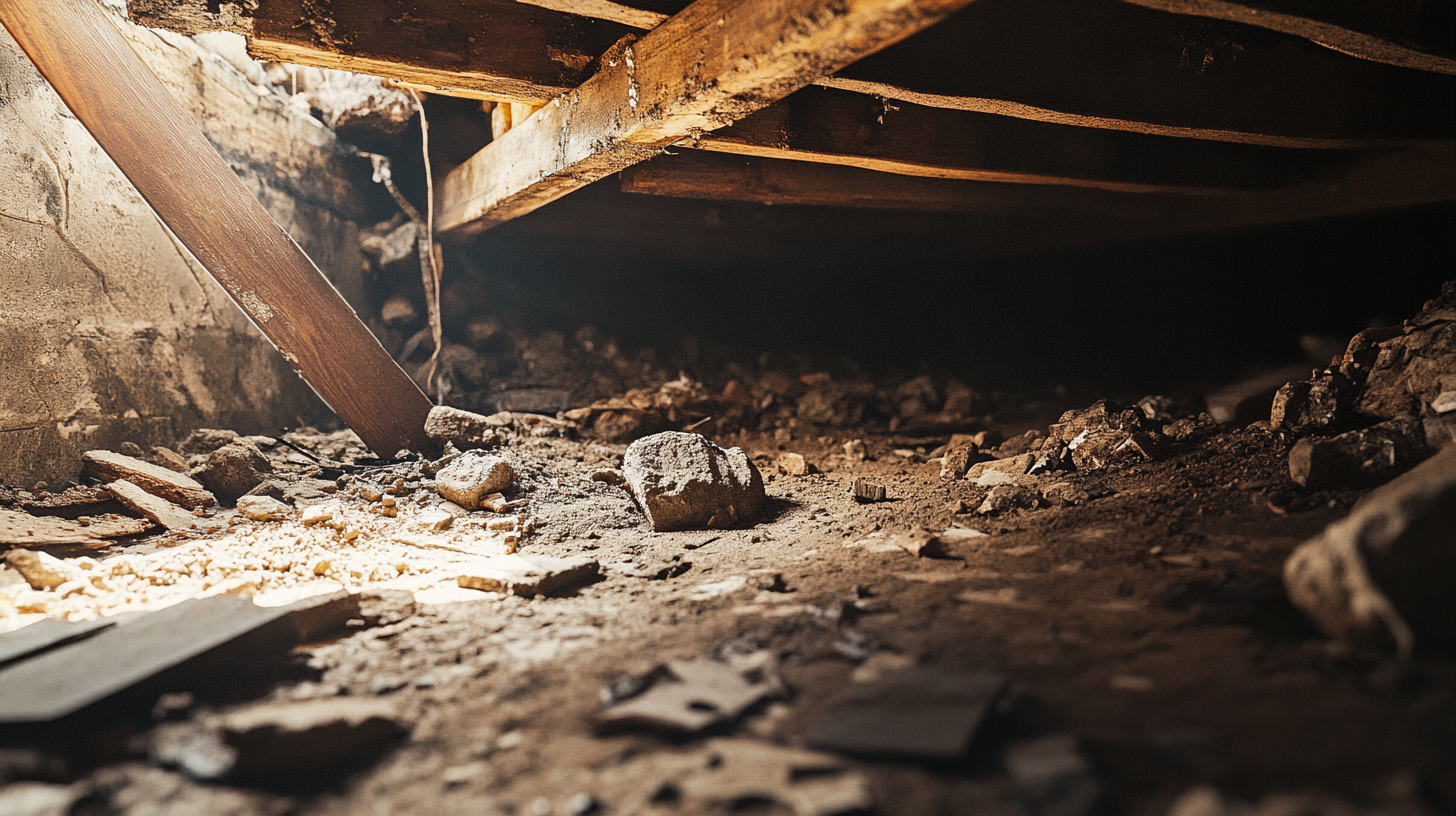
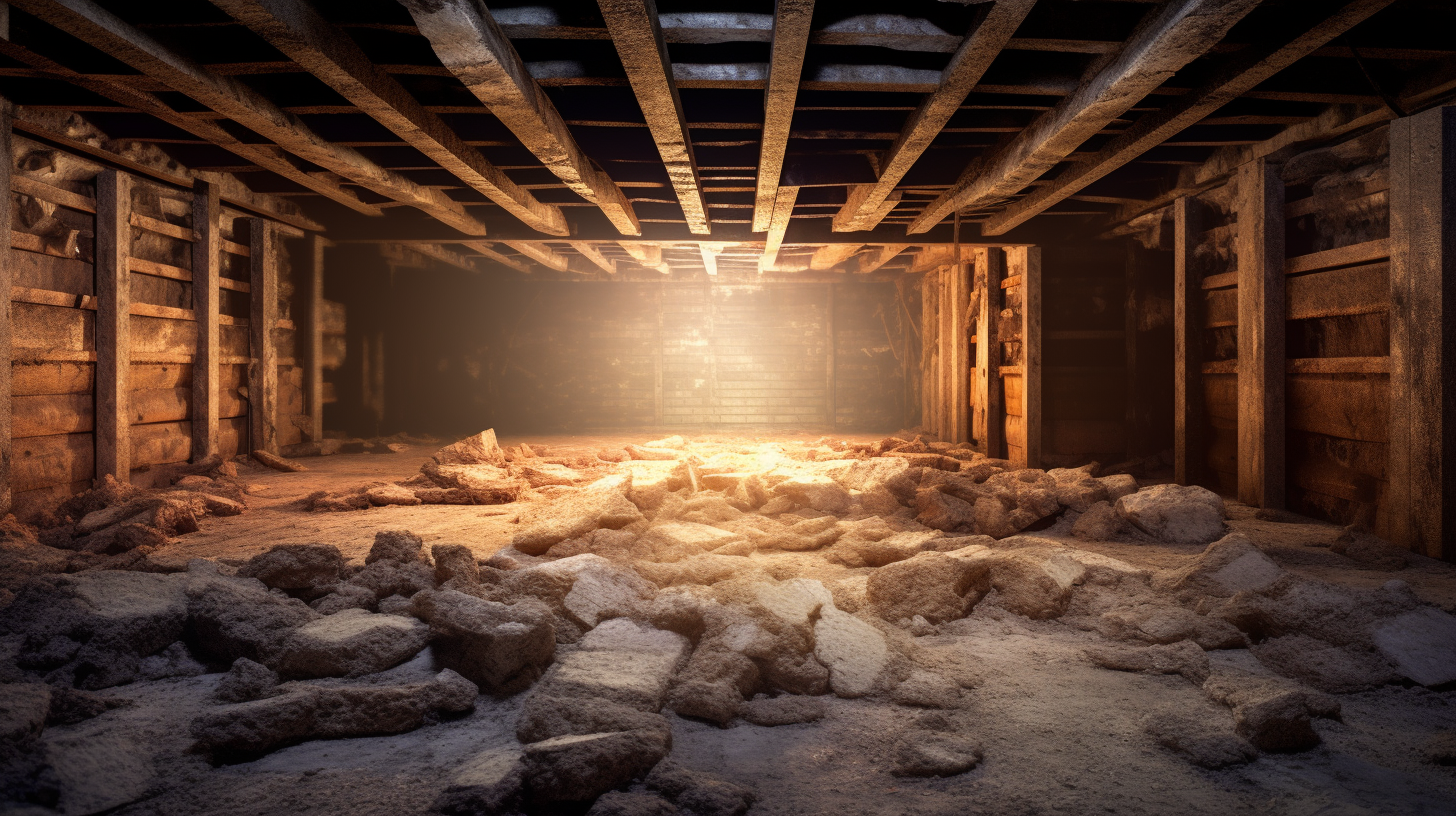
Got a Question? We’re Here to Help.
You can arrange an appointment or make an enquiry by phone or email, orget in touch to us via our contact form.
